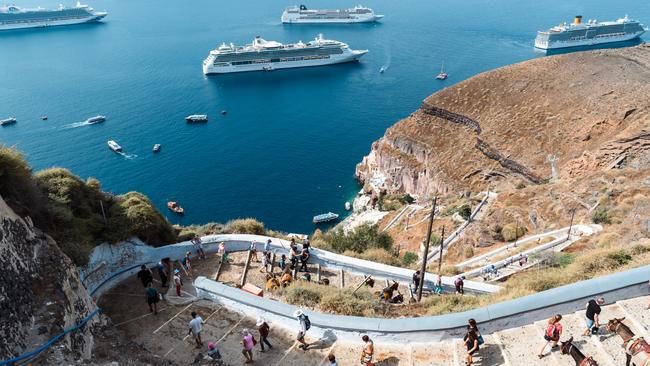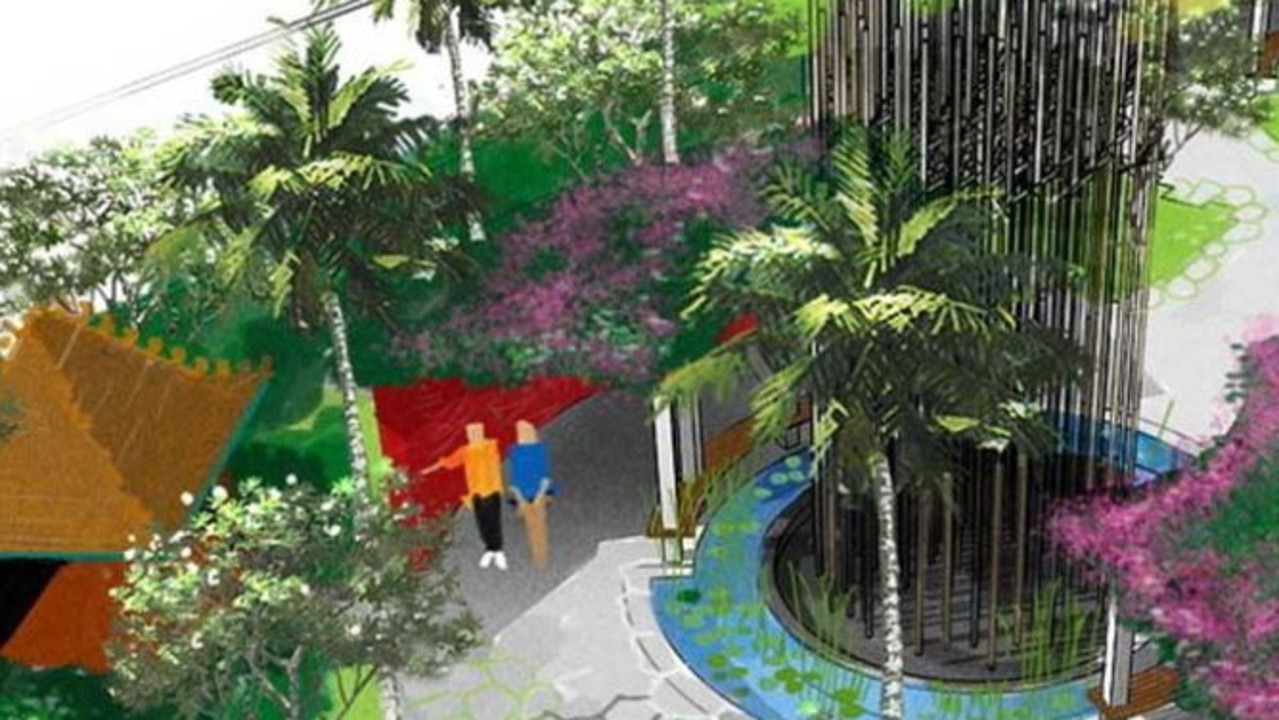Greek islands on edge as quakes shake nerves
A series of earthquakes near the Greek island of Santorini has led authorities to shut down schools and a request to drain swimming pools.

A series of earthquakes near the Greek island of Santorini has led authorities to shut down schools, dispatch rescue teams with sniffer dogs and send instructions to residents, including a request to drain swimming pools.
Locals are on edge even though earthquake experts say the more than 200 tremors that have hit the area since early Friday are not related to the volcano in Santorini, which once produced one of the biggest eruptions in human history,
The strongest earthquake recorded was magnitude-4.6 at 3.55pm on Sunday (12.55am Monday AEDT), at a depth of 14km, the Athens Geodynamic institute said. A few tremors above magnitude-4 and dozens of magnitude-3 followed.
There were no reports of damage or casualties.
Authorities said the quakes were triggered by tectonic rather than volcanic activity.
Earthquake experts, government officials and the fire service have been meeting daily and decided to close schools on Monday on Santorini as well as nearby Amorgos, Anafi and Ios.
After Sunday’s meeting, they also advised residents and hotel owners in Santorini to drain their swimming pools over concerns that large volumes of water could destabilise buildings in case of a strong quake.
The fire service sent a contingent of rescuers including a sniffer dog on Saturday, and dispatched more forces on Sunday, as a precaution. The rescuers have pitched tents in open fields.
Island residents have been advised to avoid large open-air events and to move about the islands mindful of rockfalls.
All four islands have steep cliffs and in the case of Santorini, a large part on the main town is built on a cliffside.
Santorini is one of the most popular Greek islands for tourists. It has a population of just 15,500 but welcomed 3.4 million visitors in 2023, raising concerns about the phenomenon of overtourism.
Experts said it was impossible to predict whether the seismic activity could lead to a stronger tremor, but added that the area could potentially produce a magnitude-6 quake.
Mild earthquakes have also been recorded in Santorini’s volcano caldera, which is mostly undersea, since September.
The strongest one, which was magnitude-3.8, occurred on January 25. Since then, seismic activity inside the volcano has subsided, experts say.
The Santorini volcano eruption about 1600BC, devastated the island, buried a town, and caused massive earthquakes and flooding that affected the island of Crete and as far as Egypt.
Experts estimate that up to 41.3 cubic km of rocks were ejected and 9m-high tsunamis hit Crete.
AP


